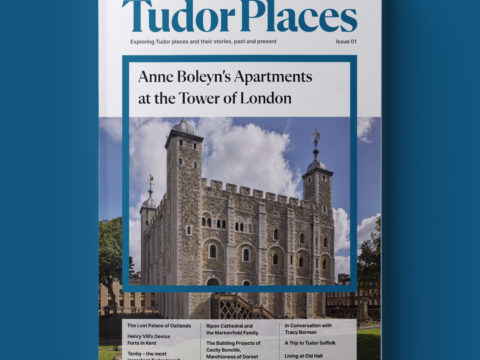The Book of Acts and Monuments
Chapter 1: The Author, the Printer and the Plan
For over 300 years, from its first publication in 1563, until well into the nineteenth century, one English book influenced England’s culture, political outlook and religion more than anything other than the Bible. Now, if we think of influential sixteenth century texts, our minds will leap to those of Shakespeare, or perhaps the other metaphysical poets, but nothing was as influential as the Book of Actes and Monuments [1], by John Foxe, commonly known as Foxe’s Book of Martyrs
The book was the work of John Foxe, at least in the sense that it was put together by him, and he was the driving force behind it, but much of the content was derived from older histories, legal records, and from the first-hand memories of people who had stories to tell of persecution and martyrdom which they had witnessed.
The genesis of the book was formed during Foxe’s exile in Strasbourg, where he made the acquaintance of many illustrious Reformers. Numerous projects were afoot to spread the Gospel and alert people to the infamy (as the Reformers saw it) of the Catholic church. Scholars shared research and information with each other, and Foxe benefited from materials collated by John Bale, and Edmund Grindal, and through the exchange of ideas with Heinrich Pantaleon, Mathias Flacius Ilyricus and perhaps most importantly, the French martyrologist Jean Crespin.
The original conception was to create an English language history of the martyrs of the English church, with special emphasis on those who had been persecuted in the previous five years.
The printer and publisher with whom Foxe worked was John Day, a protégé of William Cecil, who had set up his press in 1549 and been incarcerated in 1555, along with John Rogers, the first man to be burned for heresy during the reign of Mary I. Day was released in 1556, and took up printing again, although concentrating in his London shop on uncontroversial works. (It is possible he was printing anti-government matter elsewhere). His books had some fine illustrations, and his experience in commissioning these which would later contribute to Acts and Monuments.
A second collaborator was Dr Henry Bull, with whom Foxe had studied at Magdalen College, Oxford, in the 1540s.
[1] The full title as given in the 1563 edition is ‘ACTES and Monumentes touching things DONE AND PRACTISED BY THE Prelats of the Romishe Churche, specially in this Realme of England and Scotland, from the yeare of our Lord a thousand vnto the tyme nowe present. Wherin is liuely declared the whole state of the Christian Church: with such persecutions, and horrible troubles, as haue haypened in these last and pearilous dayes. Faithfully gathered and collected according to the true copies and wrytings certificatory, as well of them that suffered: as also of the others that were the doers and workers therof’. by. I. F.


